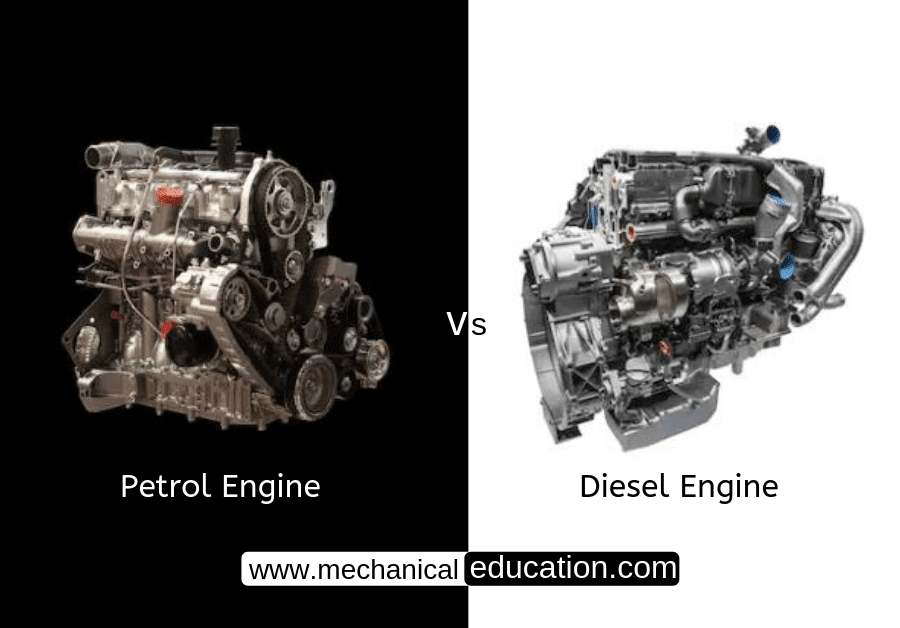Introduction:Leaf springs have been used in vehicles since the mid-1800s and are still a popular option today. While the basic design has remained relatively unchanged, modern leaf springs have been improved with parabolic curves that help reduce weight while still providing stability for a vehicle’s suspension system. In this blog post, we’ll explore what leaf and parabolic leaf springs are, how they work, and why they’re important.
What Are Leaf and Parabolic Leaf Springs?
Leaf springs consist of several layers of metal strips that run along the length of your vehicle. These strips are held together by clamps or bolts at either end and work together to absorb shock from bumps in rough terrain while also helping to maintain good handling characteristics when cornering at high speeds. Modern leaf springs use a parabolic curve to improve their design, which allows for more flexibility in the spring’s construction without sacrificing strength or weight. This helps reduce overall costs for the consumer as well as improves fuel efficiency by reducing drag on the vehicle due to its lighter weight.
How Do They Work?
Leaf and parabolic leaf springs work by compressing and bending when force is applied from an outside source such as a bumpy road or sharp turn while driving. This compression creates tension between the layers of metal strips which helps absorb the shock from uneven terrain while also allowing some flexibility so that your vehicle’s suspension system can adjust itself quickly when needed – such as when you hit a pothole or take a sharp turn at high speed. The added benefit of having a curved leaf spring design is that it reduces friction between each layer of metal strip, thus reducing wear over time and improving your vehicle’s overall performance.
Why Are They Important?
Leaf and parabolic leaf springs are an important part of any vehicle’s suspension system because they help provide stability while driving over rough terrain or taking sharp turns at high speeds. They also help reduce wear on other parts of the suspension system due to their ability to absorb shock from bumps in the road or sudden changes in direction without compromising handling characteristics or creating too much strain on other components like tires and brakes. Finally, these types of springs are typically more affordable than other options on the market due to their simple construction which makes them attractive to budget-minded consumers who need reliable performance without breaking their wallets.
Conclusion:
Leaf and parabolic leaf springs are an integral part of any vehicle’s suspension system as they provide stability during harsh road conditions while keeping cost low due to their simple construction. By using modern improvements such as parabolic curves, manufacturers can create lighter yet stronger designs that reduce drag on your car’s engine for improved fuel efficiency without sacrificing performance when cornering at high speeds or taking bumps in rough terrain . For these reasons, understanding how leaf and parabolic leaf springs work is critical for anyone looking for reliable performance from their vehicle’s suspension system.




